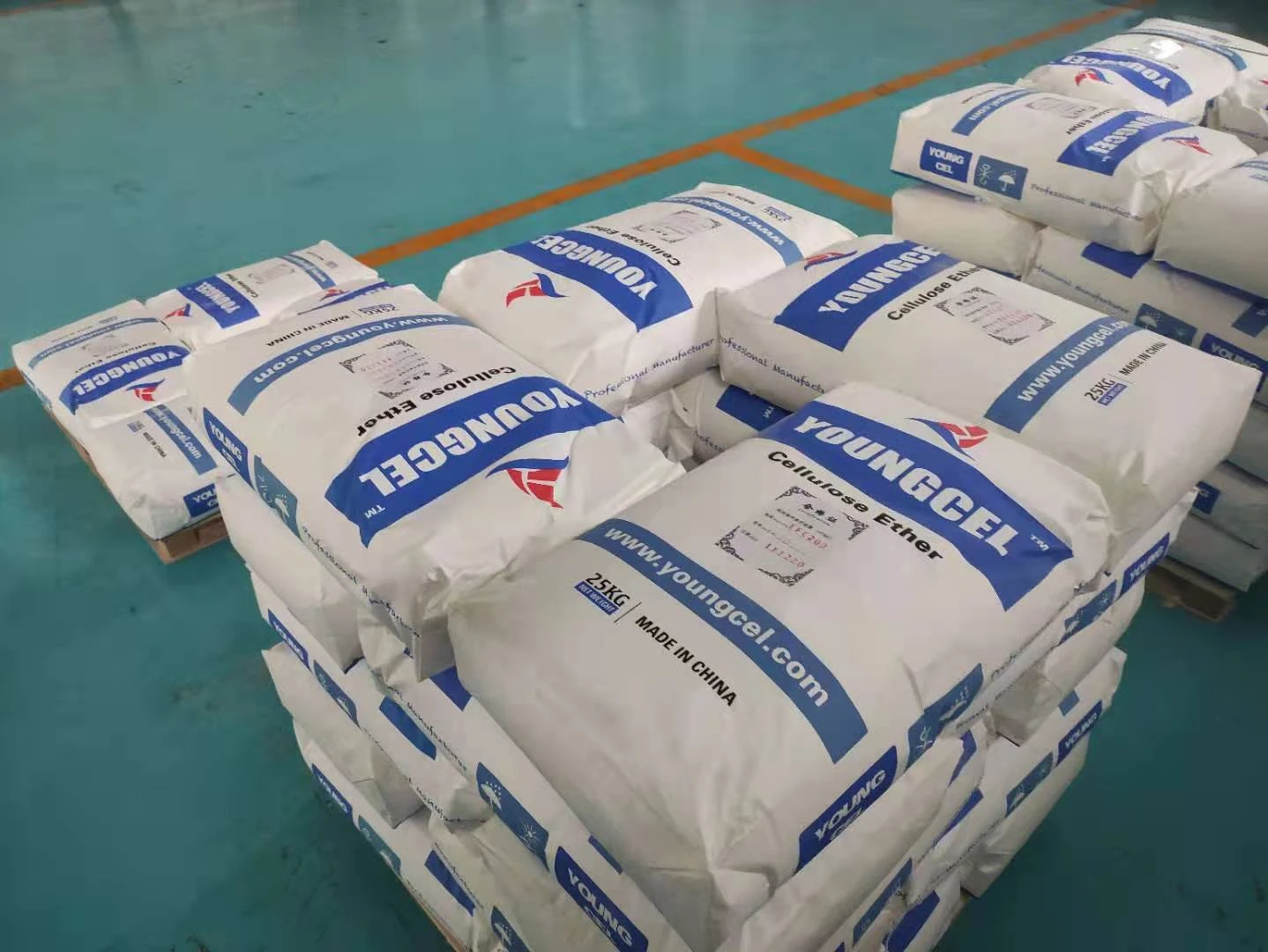The Role of Chemical Auxiliary Agents in Modern Industrial Applications
In the world of chemistry and manufacturing, the term chemical auxiliary agents refers to a broad category of substances that assist in the production and formulation of products across various industries. These agents play a crucial role in enhancing the efficiency of chemical processes, improving product quality, and ensuring sustainability in manufacturing practices. This article explores the significance of chemical auxiliary agents, their applications, and the impact they have on various sectors.
Understanding Chemical Auxiliary Agents
Chemical auxiliary agents are substances that are not the primary reactants in a chemical reaction but are added to facilitate the production process. They can serve multiple purposes, such as stabilizers, surfactants, dispersants, emulsifiers, or catalysts. By optimizing reactions and enhancing the properties of final products, these agents contribute to the overall effectiveness of manufacturing processes.
For example, in the textile industry, chemical auxiliaries such as leveling agents ensure uniform dyeing, while softeners enhance the feel and drape of fabrics. In paints and coatings, these agents can improve spreadability and adhesion, resulting in a superior finish.
Applications Across Industries
1. Textiles The textile industry heavily relies on chemical auxiliary agents to improve the quality of fabrics and garments. Agents such as scouring agents remove impurities from raw textiles, while softeners enhance texture and manage static cling. Specialty agents help achieve specific effects, such as water repellency or flame resistance.
2. Paints and Coatings Chemical auxiliary agents are critical in formulating paints and coatings. They help in achieving desired viscosity, improving stability, and enhancing performance characteristics like scratch resistance and gloss. Surfactants, for example, aid in the dispersion of pigments, ensuring an even color and consistency throughout.
chemical auxiliary agent

3. Plastics and Polymers In the plastics industry, auxiliary agents such as plasticizers and stabilizers are fundamental in improving processing and final product performance. Plasticizers increase flexibility, while stabilizers protect materials from degradation due to heat or ultraviolet light exposure.
4. Pharmaceuticals In the pharmaceutical sector, excipients, which serve as auxiliary agents, play a vital role in drug formulation. They can aid in drug delivery, improve stability, and enhance bioavailability. The choice of auxiliary agents is crucial for the overall effectiveness of pharmaceuticals.
5. Construction Materials In construction, chemical auxiliary agents such as water-reducing agents enhance the workability and durability of concrete. These additives allow for improved flow while reducing the water content, leading to stronger and more resilient structures.
6. Agriculture In agricultural applications, chemical auxiliary agents are used in pesticide formulations to enhance effectiveness. Adjuvants improve the spreading and sticking properties of pesticides, leading to better pest control and improved crop yields.
Environmental Considerations
As industries strive for sustainability, the role of chemical auxiliary agents has evolved. There's a growing emphasis on developing eco-friendly agents that minimize environmental impact. Many companies are now researching biodegradable surfactants and renewable-based additives that can replace traditional petroleum-derived substances. The shift towards greener formulations not only addresses consumer demand for environmentally friendly products but also aligns with regulatory trends aimed at reducing hazardous substances in production processes.
Conclusion
Chemical auxiliary agents are indispensable in enhancing the performance and efficiency of various industrial applications. Their versatility and ability to improve product quality while ensuring cost-effectiveness make them invaluable across multiple sectors. However, as the industry moves towards sustainable practices, the development of eco-friendly alternatives will be crucial. The future of chemical auxiliary agents lies in balancing efficiency with environmental responsibility, ensuring that manufacturing processes can meet the demands of both consumers and regulatory bodies. As research and innovation in this field continue to advance, the possibilities for chemical auxiliary agents are bound to expand, paving the way for more efficient, sustainable manufacturing solutions in the years to come.




